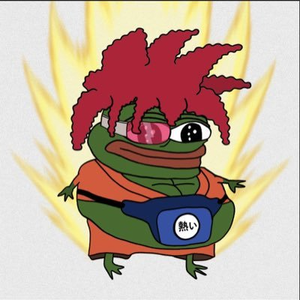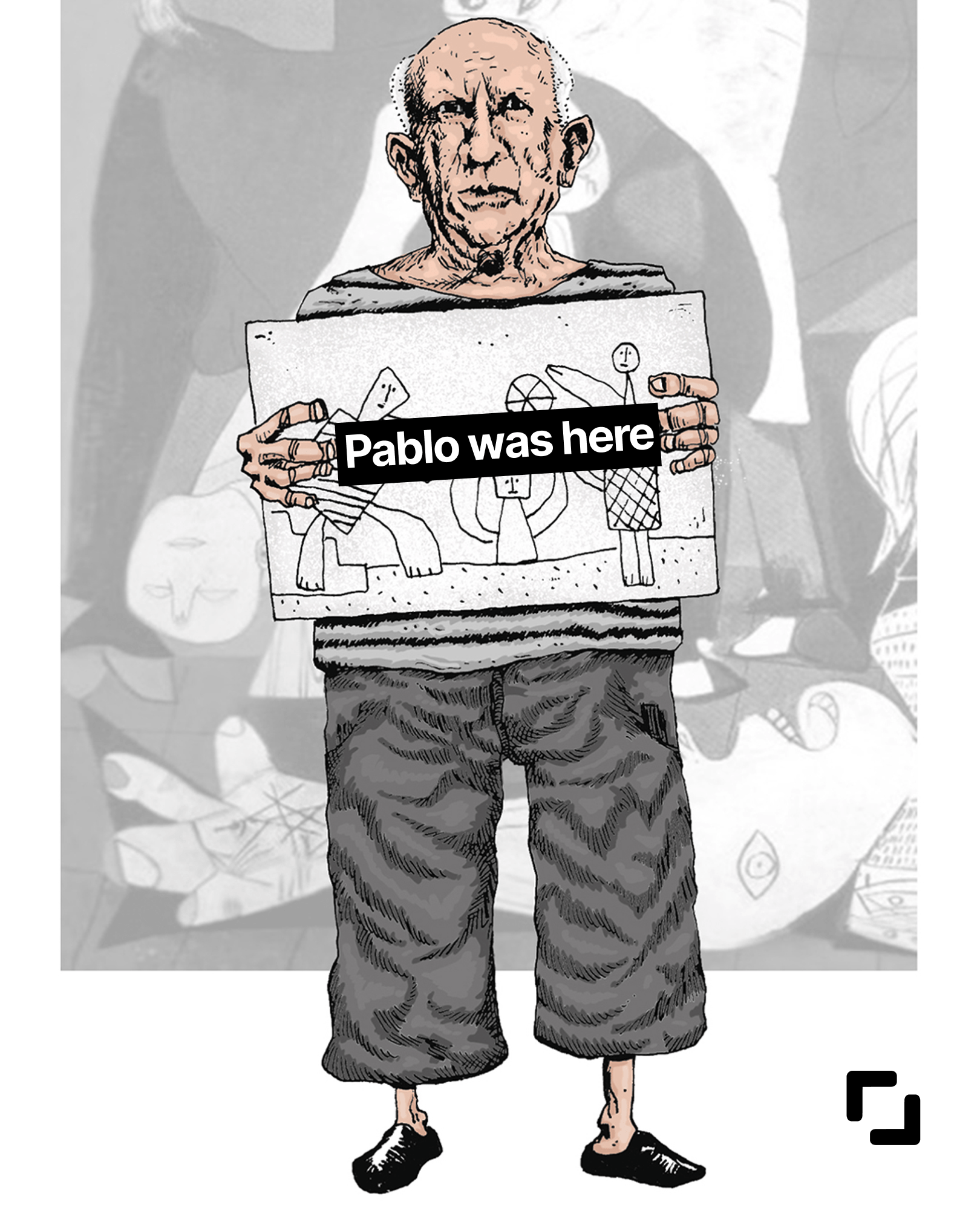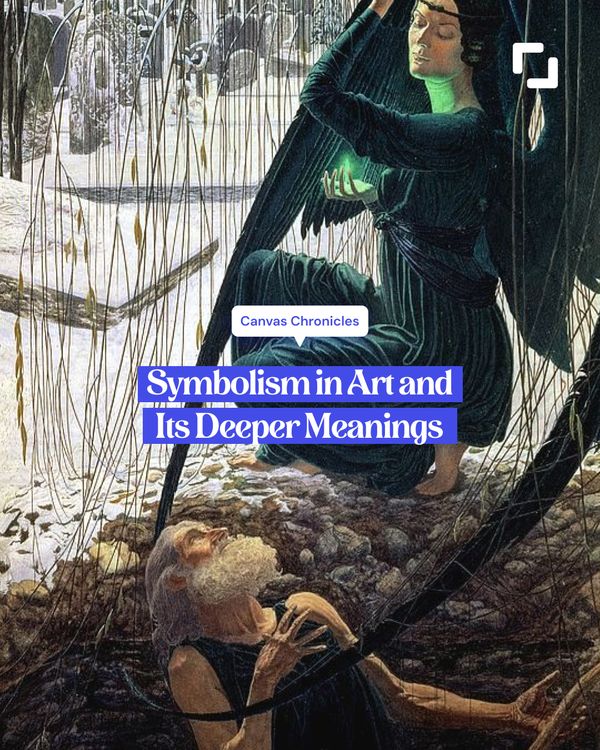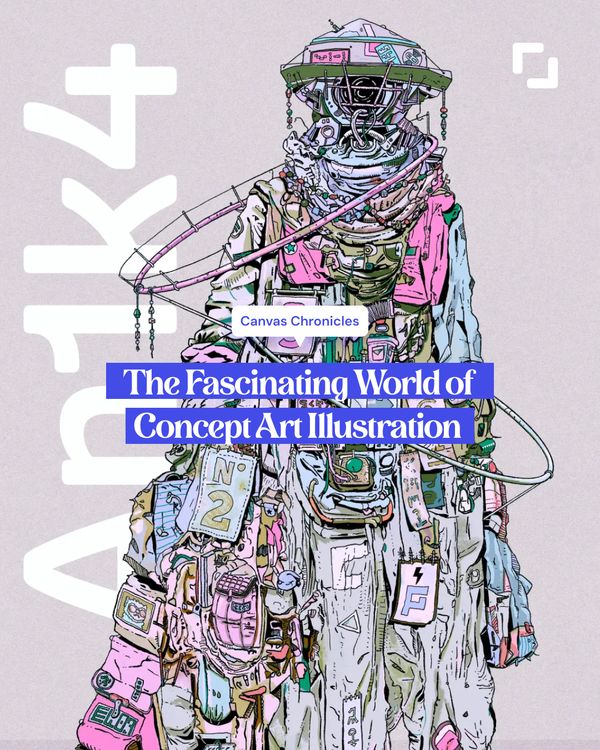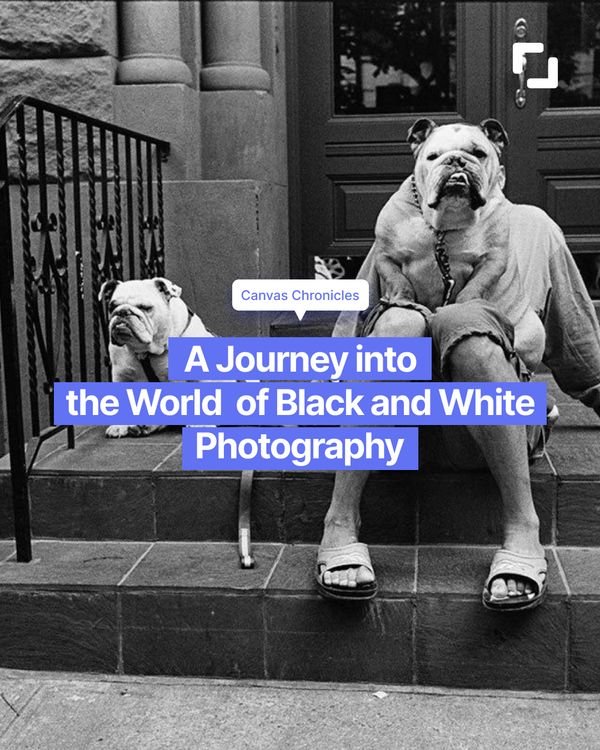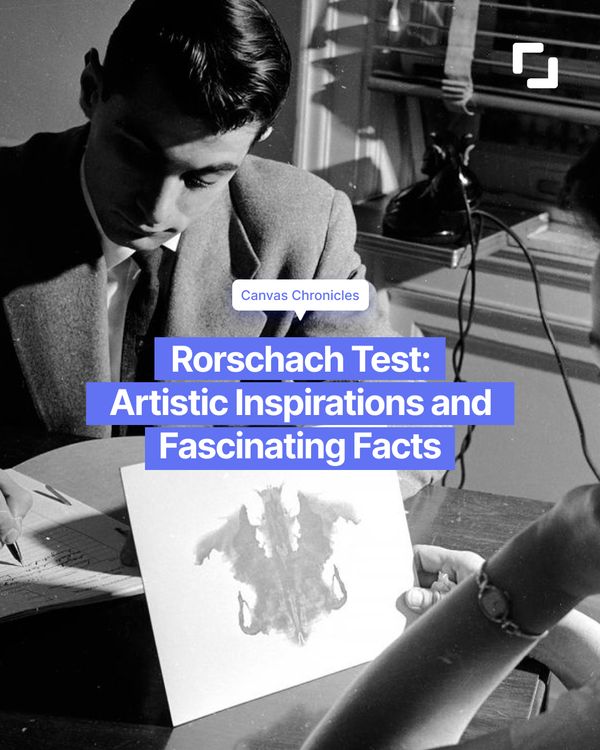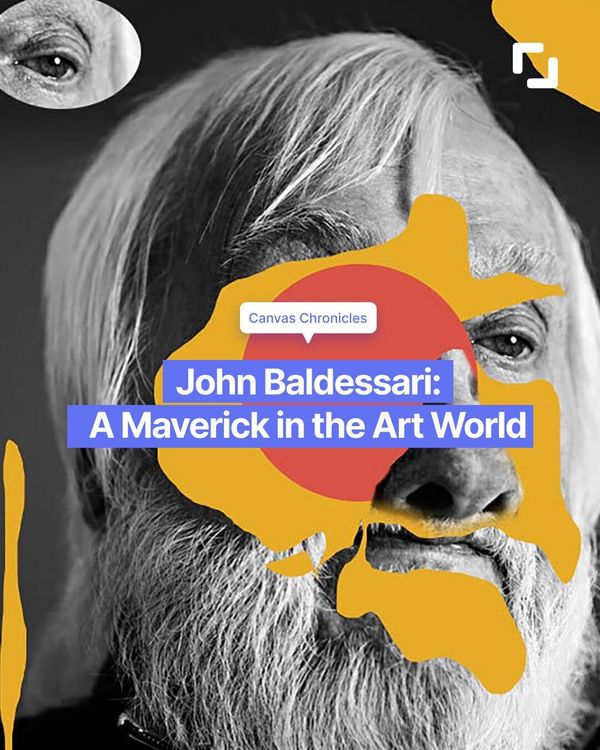Pablo Picasso, one of the most influential artists of the 20th century, passed away on April 8, 1973, at the age of 91. His death marked the end of an era and left an indelible impact on the art world. Picasso's prolific career spanned over seven decades, during which he revolutionized the art world with his innovative techniques and bold experimentation. His art continues to inspire and challenge artists and art enthusiasts alike, and his legacy remains a cornerstone of modern art history.

Picasso's Artistic Evolution: From the Blue Period's Melancholy to the Playful Whimsy of the Rose Period
One of the most notable periods in Picasso's artistic journey is the Blue Period. This phase, which lasted from 1901 to 1904, was marked by somber and melancholic paintings predominantly in shades of blue, reflecting Picasso's personal struggles during this time. The paintings from this period often depicted themes of poverty, isolation, and despair, such as in his famous work, The Old Guitarist.

Following the Blue Period, Picasso transitioned into his Rose Period from 1904 to 1906, characterized by brighter colors and a more optimistic tone. His paintings during this time often featured circus performers and harlequins, evoking a sense of whimsy and playfulness.
Picasso's Cubism: An Everlasting Inspiration for Contemporary Art

However, it was Picasso's contributions to the Cubism movement that truly solidified his place in art history. Alongside Georges Braque, Picasso developed a new style of art that broke away from traditional notions of perspective and representation. Cubist paintings often featured fragmented, geometric forms and multiple perspectives, challenging viewers to see the world in a new way. Picasso's Les Demoiselles d'Avignon is a prime example of this style, and is considered one of the most important paintings of the 20th century.
Pablo Picasso's influence on contemporary art is immeasurable and is not limited to his contributions to Cubism. His prolific output and diverse range of styles continue to inspire artists across a range of disciplines. From his early Blue and Rose Periods to his later works, Picasso's ability to constantly reinvent himself and push the boundaries of art has had a lasting impact on contemporary artists.
In addition, Picasso's approach to art as a means of personal expression and social commentary has inspired generations of artists to use their work as a tool for activism and self-expression. His willingness to take risks and experiment with new techniques has encouraged artists to take similar risks in their own work, leading to a flourishing of artistic expression and experimentation.
Interestingly, there is a connection between the emergence of NFTs and the development of Cubism. The Cubist movement, which emerged in the early 20th century, challenged traditional notions of art and paved the way for new forms of abstraction and experimentation. Similarly, NFTs have challenged traditional notions of art ownership and provenance, providing artists with a new way to monetize and distribute their work.
Like Cubist art, digital art (NFTs) often feature fragmented, geometric forms and multiple perspectives, creating a sense of depth and movement that draws the viewer in. Additionally, just as Cubist art encouraged the viewer to see the world in a new way, NFTs have the potential to revolutionize the way we view and value digital art.
The connection between Cubism and NFTs is not just aesthetic. Both movements have challenged the status quo and forced the art world to rethink its approach to art and its value. Just as Cubist art challenged traditional notions of beauty and representation, NFTs have challenged traditional notions of ownership and value in the art world.
Picasso's cubist artworks continue to inspire contemporary digital art and NFT creators.
Picasso's Influence on Digital Art and NFTs
- Lucid Drake #013 by Lucid Drakes

The illustration made by Lucid Drakes features a highly stylized two-faced bull, depicted with bold, angular lines and vibrant shades of red and orange. The bull symbolizes strength, power, and determination, and the artist sought to capture these qualities in his artwork, inspired by Picasso’s continued focus on the bull.
2. fffc1#004 by Pronin

This piece is a Cubist portrait, with features broken down into geometric shapes and reassembled in a fragmented and abstracted manner. The face appears distorted, with multiple viewpoints represented simultaneously. The monochromatic palette flattens space and heightens complexity.
3. Zoom (Basquiat, Picasso, Neel) by Sir Wayne Nooten

A Zoom call between Picasso, Basquiat, and Neel would be a fascinating opportunity to bring together three of the most important artists of the 20th century and explore their different perspectives, techniques, and ideas.
4. "Fragmented Vision" Series - #02 by RIL

This abstract portrait made by RIL showcases a face that has been deconstructed into a series of angular shapes and planes, drawing inspiration from the principles of Cubism. The dynamic interplay of colors and forms creates a sense of movement and energy, with different shapes overlapping and intersecting to form a complex and multi-layered composition. Fragmented Vision Series #02 invites the viewer to consider the many ways in which we perceive the world, and to appreciate the beauty and complexity that can be found in even the most abstract forms.
5. Girl with Earring and Candle by AC2005

There have been AI-generated artworks, like this portrait called Girl with Earring and Candle that have been inspired by Cubism, although it is not influenced by the movement in the same way that a human artist would be. Feel free to check out the entire PicassoGirl series.
While Pablo Picasso is best known by his last name, his full name is 25 words long. At his baptism, Picasso was christened Pablo Diego José Francisco de Paula Juan Nepomuceno María de los Remedios Cipriano de la Santísima Trinidad Martyr Patricio Clito Ruíz y Picasso.


